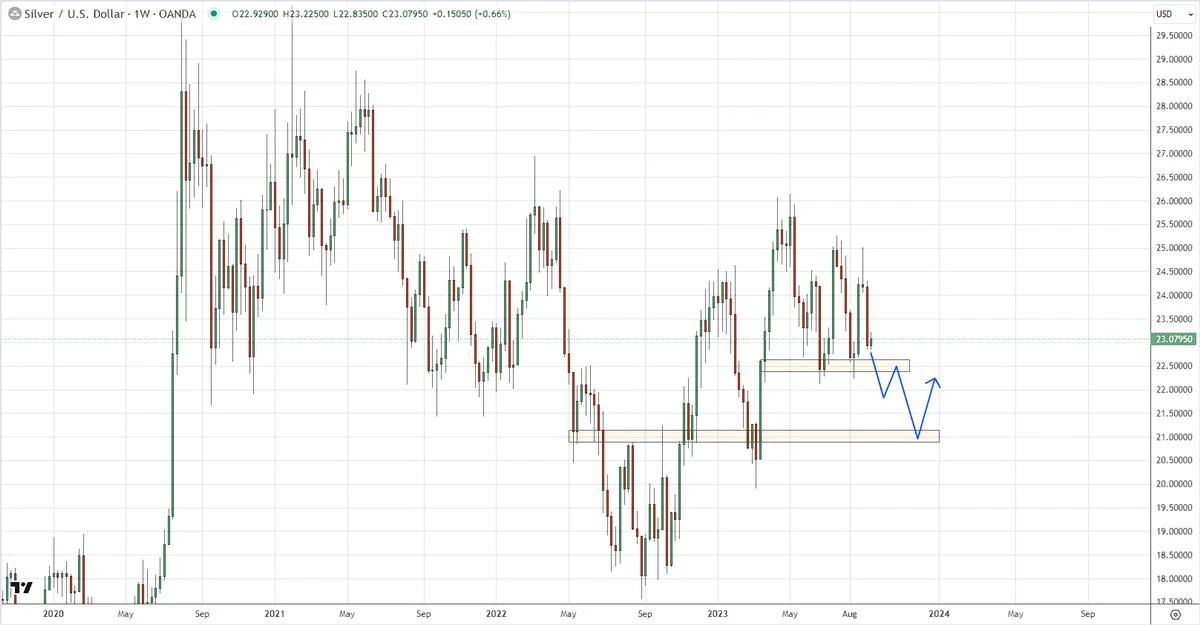Silver (XAGUSD) is one of the most sought-after metals in the world. Like gold (XAUUSD), it finds utility in various industries, including jewelry, electronics, photography, medicine, and much more. The silver exchange rate reflects market worth and depends on many factors, such as supply and demand, inflationary trends, and geopolitical situation.
The main reasons for silver price hikes are increased demand from industry and the jewelry sector and reduced supply due to depleting deposits and stricter environmental regulations.
Unlike gold, which still serves as a more speculative instrument and a means of capital maintenance, silver is often seen as a less popular asset among traders. However, this perception often turns out to be erroneous, since trading volumes are steadily growing despite its stable trajectory.

The demand for silver is determined by the needs of various industries, such as electronics, automotive, jewelry, and medicine. An upsurge in demand leads to higher silver prices and vice versa. The volume of extraction and processing of secondary raw materials determines the supply of silver. Depletion of deposits, technological complexities in mining, and tightening of environmental legislation all contribute to reduced supply and consequently, higher silver prices.
In periods of high inflation, the value of silver typically increases, as it can still act as a protective asset capable of preserving the value of money.
Political instability in the regions rich in silver deposits can adversely affect production and export, leading to an increase in the cost of the metal.
The imposition of stricter environmental standards and production and processing requirements also contributes to silver’s value growth, as enterprises are forced to invest in new technologies and equipment to comply with these standards.
It is worth mentioning that the majority of silver trade volumes originate from less developed countries, possibly due to the preference for a less popular metal with a more stable price.
It is expected that in the coming years, the value of silver will increase as the demand for it increases due to the growth of industrial production, the development of new technologies, and an increase in the share of alternative energy sources.
In the short term, it is worth referring to the chart and monitoring price movements. Currently, the price is declining, and given that the primary support in the area of 22.0000 has already been tested twice, the probability of it being breached significantly increases. Many may have noticed that the trend has been bearish for some time. Accordingly, the breakdown of the current support level is only a matter of time. Therefore, it is essential to determine the next support level, which will serve as a starting point for bullish movements. Nevertheless, it’s advisable to avoid overly optimistic yield expectations.
Given the gradual increase in volumes, demand is also increasing, eventually leading to a value recovery. The next major support level hovers around 21.0000, which represents a local low observed in March 2023. This level is somewhat significant as it previously acted as resistance. In fact, the buying zone can extend down to 20.0000, where the lowest price was reached. However, for better risk management, it’s advisable to place a stop loss around that level in case of a potential breakdown.

#Silver #Strategic #Asset


